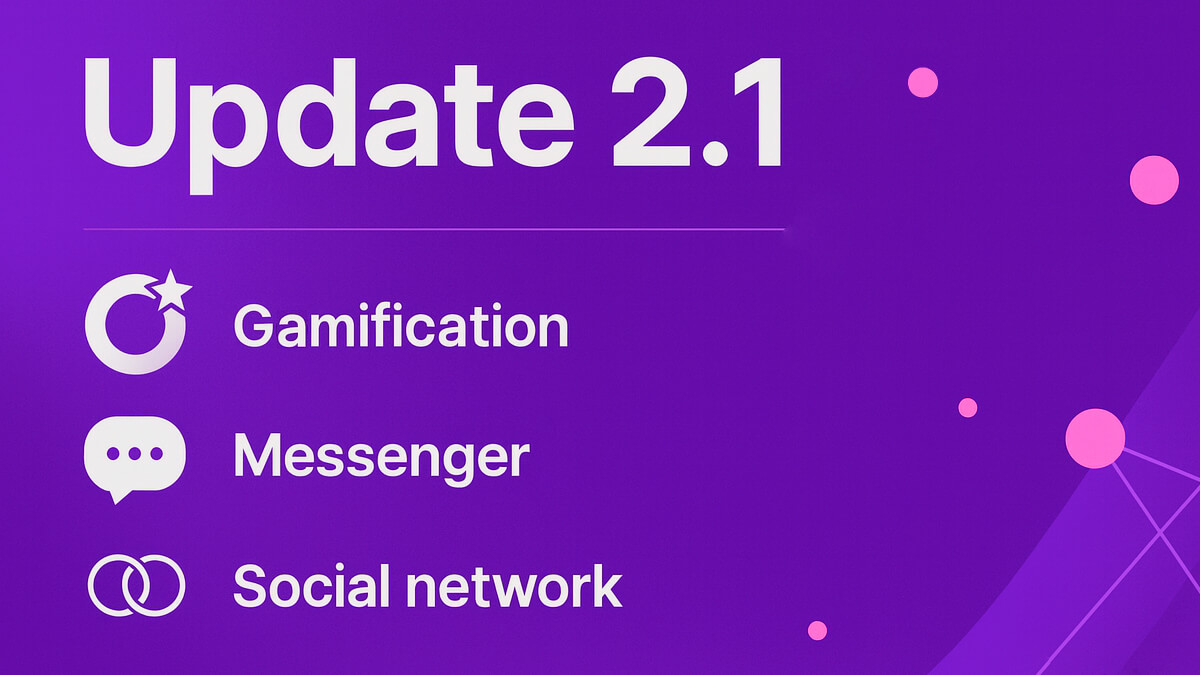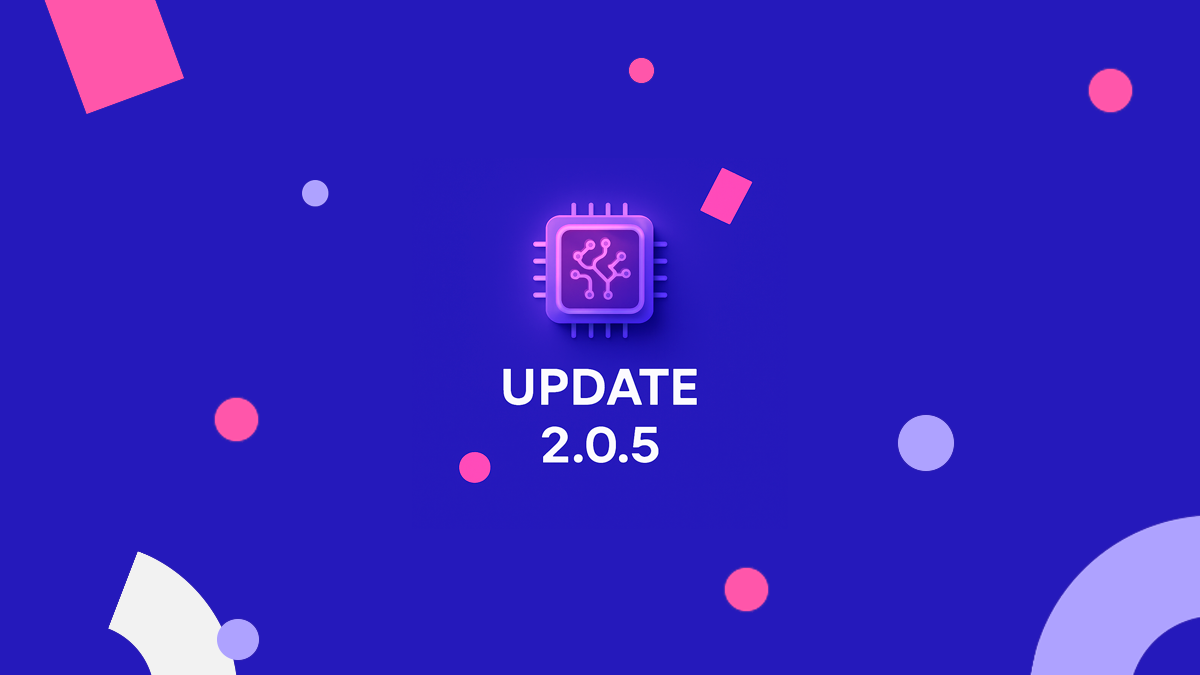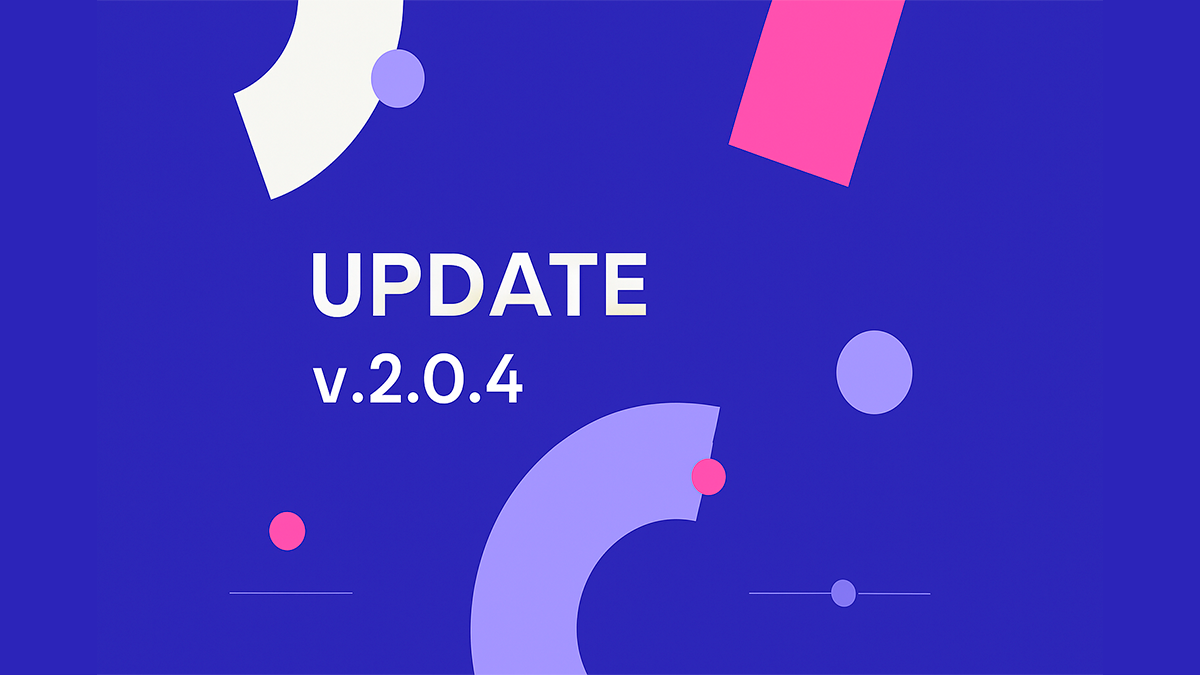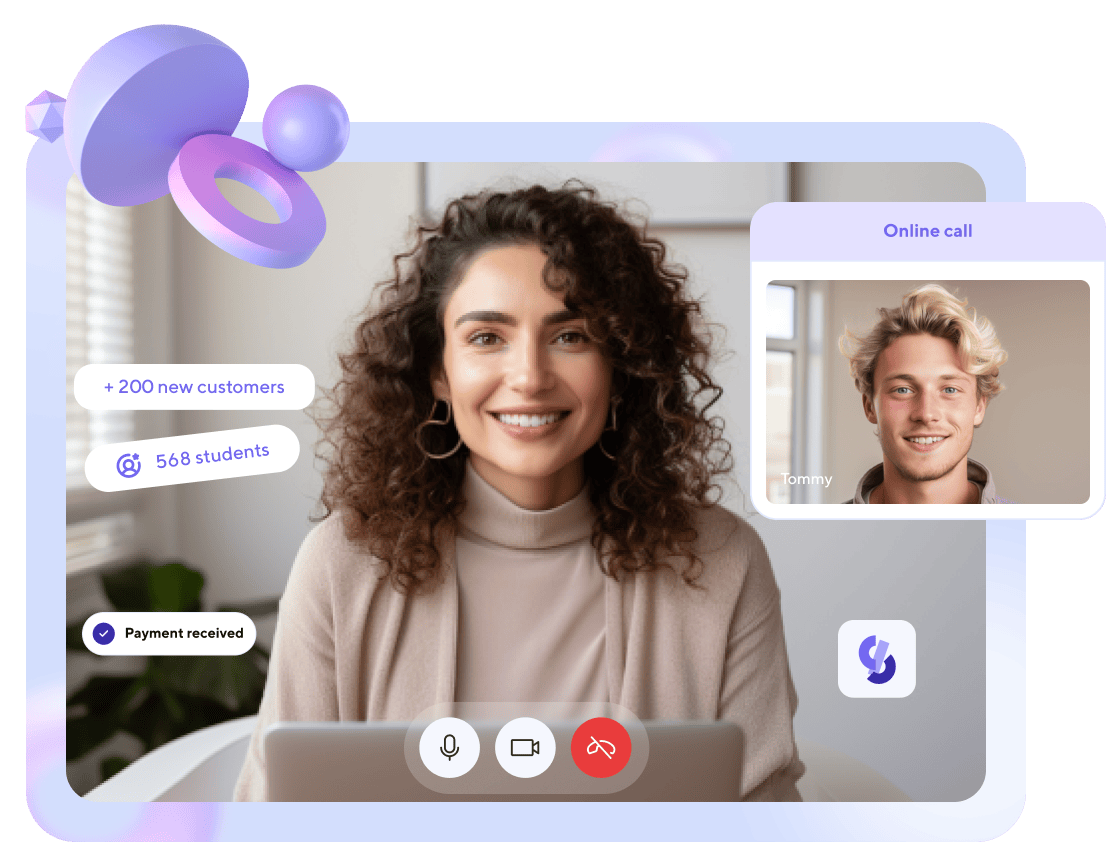Recorded course VS “live” course: which format is more profitable

The first online course appeared at the University of Toronto in 1984. Since then, higher education institutions have been unstoppable – they have competed in the topics, quantity, and quality of their courses, and offered to attend entire universities online and earn a bachelor’s or master’s degree. Over time, the Internet became more accessible to the extent that experts in their field began to create and deliver courses, and everyone could take them online. Since 2000, the e-learning industry has grown by more than 900%. The COVID-19 pandemic has further popularized online courses. And the Edtech industry annually predicts an increase in profitability for the coming years. If you’re reading this, it means that you’ve decided to jump on this wave and start making money by creating your own online courses. The only thing left to do is to choose their format. Online courses can be divided into 2 types: “live” and recorded. According to Sell Courses Online, the cost of creating an online course ranges from $140 to $10,770. Both live and recorded courses have their advantages and can bring good profits. Nevertheless, one of them can earn money more slowly because it will require constant attention from its creator.
Recorded course
A recorded course is a training program that is available for study in the form of pre-recorded material. This format allows students to use video tutorials, text materials, assignments, etc. at any time convenient for them. Usually, such courses are stored on the learning platform and are available for repeated viewing.
- One of the main advantages of launching such courses is schedule flexibility. Recorded courses allow students to learn at their own pace. They can review materials, pause, skip, or repeat lessons depending on their needs and schedule.
- Another advantage is accessibility. Students can access the course from anywhere in the world, which makes it especially convenient for those who work or have busy schedules.
It’s worth noting that these advantages are also beneficial for you as a course creator, as you are not tied to a specific schedule and are not forced to adapt to the needs of a group of students, but are free to work on other courses.
Although online courses have been popular for quite some time, not all students may be equally prepared for the peculiarities that accompany the learning process in a recorded course. For example, the lack of interactivity. Recorded courses do not allow students to communicate with their classmates and the instructor. They are limited in their ability to ask questions immediately after learning new information in the course, to clarify something, discuss the material, or participate in collaborative work.
But this limitation may depend more on the capabilities of the platform where the course is hosted. For example, our Softbook course builder allows you to create and customize a course so that students can ask questions and get answers to any lesson as quickly as possible. This can be done using the commenting and student support functions.
If the student receives the course record in the form of a file, the interaction between the student and the author/teacher becomes somewhat more complicated.
For you, as an expert in a particular field who wants to share your knowledge with an interested audience, the recorded course format can be beneficial in many ways. It allows you to:
- Prepare the materials once and distribute them directly in the future, without the need for constant interaction with students.
- Reach a wider audience, as a recorded course can be accessed by anyone with internet access.
- Provide schedule flexibility for students who can study at their own convenience.
“Live” course
A live course is a training program that is delivered in real time, with the instructor and participants interacting with each other through an online platform or offline. In this format, the instructor leads the class, answers questions, holds discussions, and communicates with students. Conducting such courses entails additional time and resources. After all, you need to organize a room for the course, schedule time for this event, and consider other organizational and logistical issues. If the course is conducted online, this reduces the number of organizational tasks, but still requires students to have certain technical skills and self-organization to complete the training.
In any case, live courses have their advantages.
- The main one is direct communication with the teacher. Participants can ask questions, get explanations, and even personal advice from an expert. This contributes to a deeper understanding of the material and solving individual problems.
- Another advantage is collaboration with other participants. “Live courses can include group projects, discussion sessions, and interaction with other students. This creates opportunities for exchange, collaboration, and mutual learning.
The live course format can be useful because it allows you to:
- Interact directly with students, answer their questions, and provide personalized support.
- Create a dynamic learning environment where participants can interact and learn from each other.
- Develop communication and collaboration skills that are important in many fields.
If you’re inclined to work on live courses, be prepared for several obstacles.
- The first is limited schedule flexibility. To take the courses, your students will have to stick to the schedule you have planned. This can be difficult for those who have busy schedules or live in different time zones.
- The second obstacle is lack of access to materials. Students may want to go back to the materials after class or review them outside of class. But without lesson recordings, it will be difficult to do so, unless you provide personalized consultations and can be in touch with them 24/7 throughout the course.
Blended learning course
A blended learning course is a training program that combines recorded and live classroom instruction. It is available in two versions:
- When classes are held online and then their recordings are added to the course materials. For example, on the Softbook platform, you can integrate the Zoom service into your online school and conduct live classes through it. And then these recordings can be posted in the appropriate sections of the course for other students to view.
- When part of the lessons is available in the form of recordings, and part of the lessons is conducted live by the teacher, where he answers students’ questions
This approach allows students to get the best of both formats: the flexibility and accessibility of online education, as well as the opportunity to interact with teachers and classmates in real time.
As a rule, a blended learning course contains the following components:
- Online materials. Students have the opportunity to study theoretical material by watching video lectures, reading e-textbooks and materials on the learning platform.
- Classes. Regular meetings of students with teachers or trainers help not only to conduct training, but also to discuss topics, work on joint projects, and establish connections with classmates.
- Interaction. An important component of a blended learning course is the ability of students to interact with each other and with teachers during classes.
- Independent work. Students can receive assignments to complete between classes, such as reading, writing essays, solving problems, research, etc.
- Assessment. The course may include a variety of assessment methods, such as testing, practical assignments, participation in group projects, etc.
- The advantages of blended learning courses are flexibility (students can study at a time and pace that suits them), the possibility of more interactive learning, access to a variety of learning resources, and the promotion of self-directed learning.
This format allows for a more individualized approach to learning, which can be especially useful in today’s world, where flexibility and accessibility are key aspects of education.

Which course format is more profitable
Before deciding which course format to choose for your work, it is important to consider the advantages and disadvantages of both recorded, blended, and live courses. Here are some factors to consider:

Flexibility of schedule
A recorded course gives students more flexibility to learn at their own pace and at a time that suits them. In a live course, participants must follow the schedule planned by the instructor. In a blended course, you need to be half as flexible with students’ schedules, but at the same time make sure that class recordings are available on time. As an instructor, you need to decide whether you want to control the class schedule or provide more freedom and flexible learning conditions.
Interactivity and communication
Recorded courses have limited opportunities for direct interaction with students, but good online course platforms and skillful customization can overcome this limitation. In live courses, you can personally answer questions, hold discussions, and socialize. If personal interaction with students is important, the live format may be more appealing. A blended course helps you communicate with students in live classes and have time to answer their questions in self-study sections.
Accessibility and scalability
Recorded courses can be accessed by a large number of students from different countries, as they can be viewed at any time convenient for them. “Live courses may have certain technical limitations that will be imposed by the platforms where the classes are organized. It is worth checking this in advance and having a backup plan. For example, organize a broadcast on YouTube. A blended course can be a problem both for you, as it requires constant work in live classes, and for those who cannot fit live classes or work on group assignments into their schedule. We recommend that you decide in advance what you want to get from teaching – a wide audience or personal interaction with each student.
Budget and resources
Recorded courses can be less expensive because they are created once and reused. Live courses may require more resources, such as a webinar platform and additional time for sessions. A blended course may require more investment in the process, as the organization and delivery of live lessons are spread over time and are not immune to changing circumstances and force majeure. You should evaluate how much and in what format you are ready to invest your resources.
Course objectives, audience goals, and available resources can help you determine the best format for your future course. If you want to give students more flexibility and accessibility, a recorded course may be the best option. On the other hand, if you want personal interaction and want to create an active community of learners, a live course can be a great option. It can also give learners a sense of exclusivity to the content they will receive in the course. A blended course can combine all the features of a live and recorded course, but it depends on the experience and skill of developing this type of course program.
You can also combine formats to get the best results. For example, you can start with a recorded course to provide basic knowledge and schedule flexibility for students, and then hold a series of live sessions for deeper interaction, answering questions, and discussing complex topics. The main thing is not to hesitate for too long, but to start implementing your ideas and gaining experience in the field of online education. With everything else, the Softbook team and I are always happy to help!
Articles are good, but social media posts are faster!
Subscribe to us and be the first to receive tips and tricks
on promoting your online school!
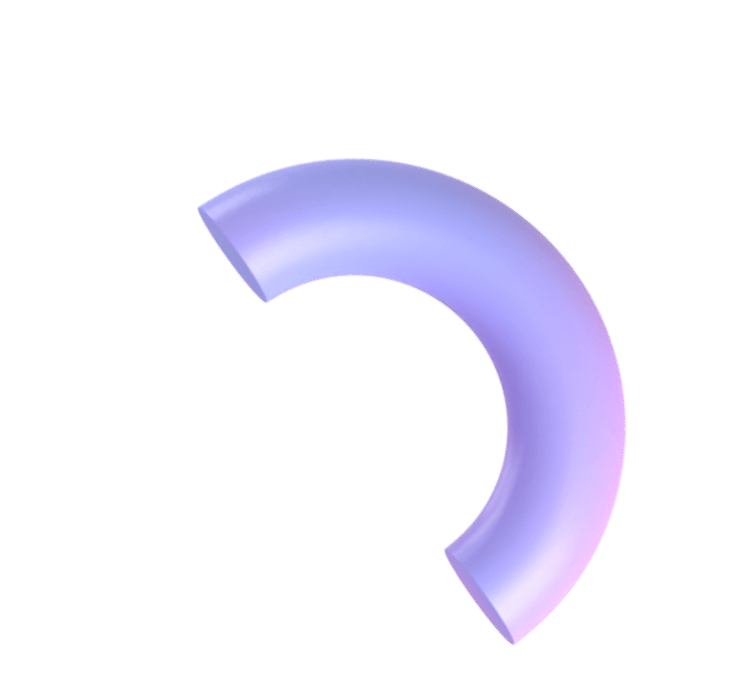

Earn money on your knowledge and experience with
Softbook!
to the platform for setting up your own school!
